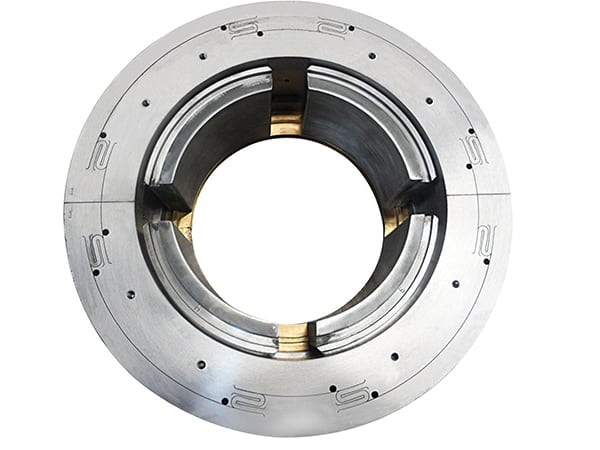A facility’s steam turbine ranks at, or at least near, the top of the list of vital power plant equipment. Without it, the thermal energy in pressurized steam can not be converted to rotary motion, which is required to generate electricity. That is why it is imperative for a plant’s steam turbine to operate flawlessly.
Abnormal vibrations are a good indication that something’s not right. If ignored, the problem causing the vibration will frequently worsen, and in a turbine it could result in damage to blades or other internal components. In extreme cases, catastrophic failure of the equipment can occur, endangering personnel and costing millions of dollars to repair.
Commissioning Hiccup
Doosan Škoda Power understands that abnormal turbine vibration requires action. The company has more than a century’s experience manufacturing steam turbines and has invested in research and development to be an international leader in the delivery of advanced clean energy technologies.
For one of its power generation customers in Scandinavia, Doosan Škoda Power engineered a 46-MW steam turbine as part of a combined cycle system for generation of electricity as well as heat recovery. During the initial commissioning process, the turbine experienced rotor instability that prevented the drive train from operating at full load. High subsynchronous vibrations forced a trip in turbine operation at just 27 MW versus the rated 46 MW.
Changes to the bearing clearances and configurations mitigated the vibrations but were not able to eliminate them completely. Doosan Škoda Power decided to contact Bearings Plus, a Waukesha Bearings business, for a damper solution.
Assessing and Solving the Problem
Bearings Plus performed a system-level rotordynamic assessment of the turbine, which evaluated the rotor, bearings, and seals. The cause of the vibrations was confirmed to be a flexible rotor (caused by the large span between the bearings) combined with steam whirl forces in secondary sealing locations.
The steam turbine’s original five-pad rocker pivot tilt pad journal (TPJ) bearings were designed with asymmetrical oil film stiffness to try to accommodate the rotordynamics of the combined cycle system. However, the rotor flexibility and destabilizing steam whirl forces resulted in a negatively damped system and, consequently, strong subsynchronous vibrations at about 30 Hz (Figure 1).


